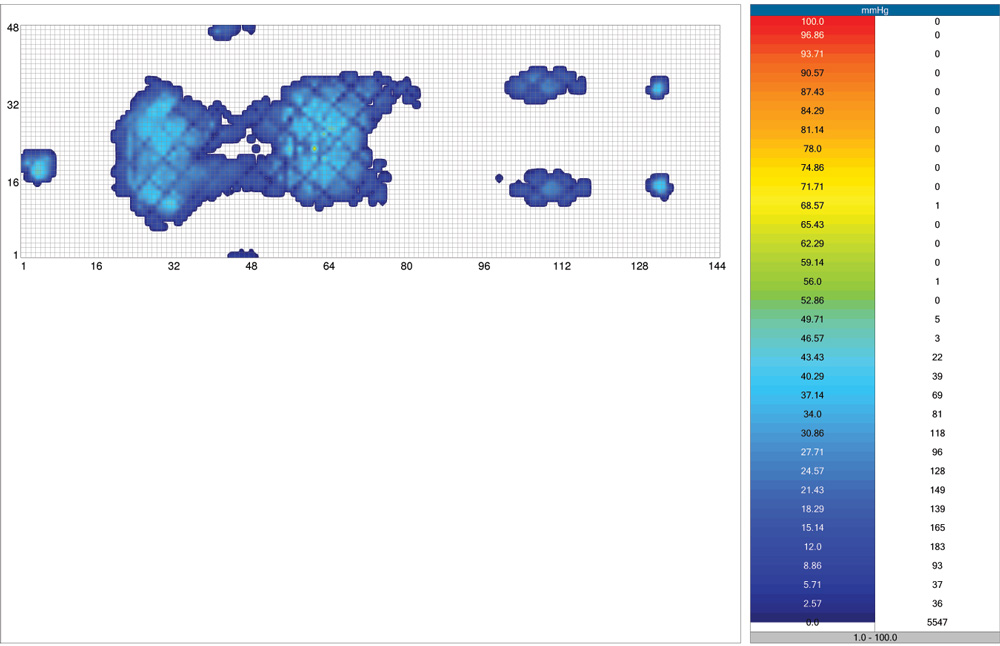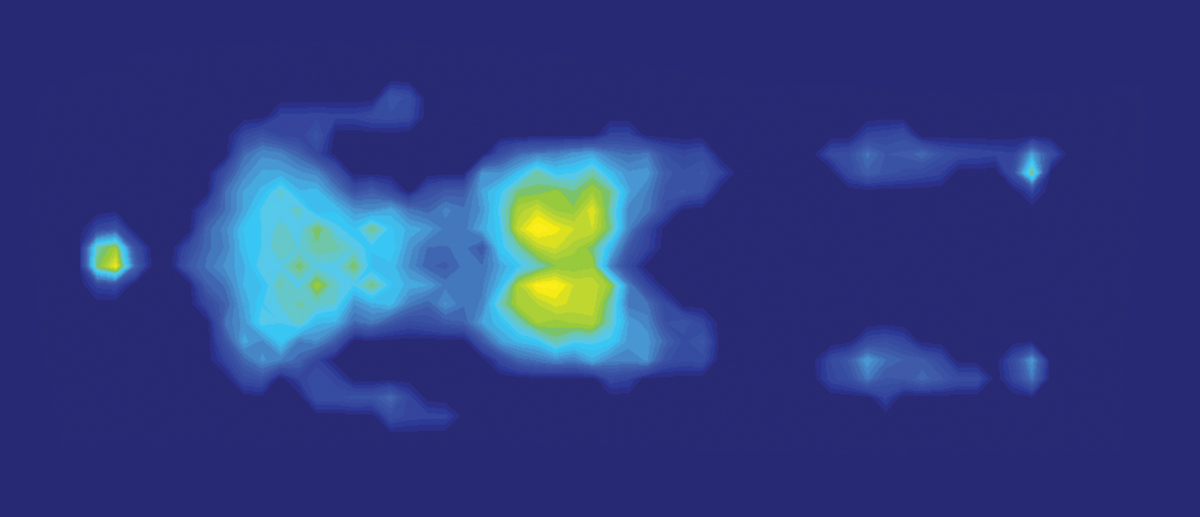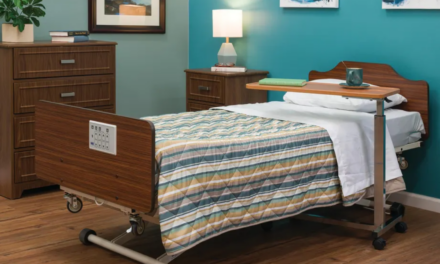Do you have questions about pressure mapping? This important part of mattress evaluations can be tricky to figure out. We asked a product engineer, a product consultant, and a clinical director to share their perspectives on pressure mapping and what you need to know when shopping for a mattress.
Justin Morgan
As a product engineer, Justin is responsible for all technical and regulatory aspects of Direct Supply’s private-label healthcare equipment products.
Kari Harbaugh
Kari draws on 12+ years of experience as a healthcare product consultant to help Senior Living care providers select equipment and products that best meet residents’ needs.
Liz Jensen
Direct Supply Clinical Director Liz Jensen, RN MSN, RN-BC, is a board-certified gerontological nurse with more than 25 years of experience in post-acute care and Senior Living.
What is a pressure map?
Justin: Pressure mapping is a process in which a caretaker can measure the interface pressure between a resident and their support surface. A flexible mat embedded with over 6,000 individual pressure sensors combines with software to display live pressure maps, save maps for future review and perform various analytic functions on the data.

What can I learn from a pressure map?
Justin: To better understand what a pressure map represents, imagine lying face up on a concrete slab. A pressure mapper placed between you and the slab would reveal extremely high pressure points on just a few areas, while the surrounding areas would have very low pressure readings. Now imagine lying face up on the most effective pressure redistributing surface possible for your body type. A pressure mapper placed between you and this surface would show nearly equal pressure on all points, indicating a very effective redistributing surface. All support surfaces tested in the lab fall somewhere between these two extremes, and a pressure map gives a visual representation of the result.
How can I use this information when purchasing a mattress for my community?
Liz: Pressure maps can help nurses understand how the mattress responds and distributes pressure over peak pressure areas, such as the head, shoulder blades, coccyx and heels. Nurses can use this information as they seek to select mattresses that are best suited to support skin health and reduce the risk for pressure ulcer development.
Kari: A pressure map can be an especially useful tool if you know the details of the resident being mapped, such as their height and weight. Ask the manufacturer to show you the map for a resident weighing 120 lbs., as well as a map from the same system using a sample resident that is 300 or 400 lbs. This will give you the best picture of the type of pressure redistribution the mattress would provide across your community.
Justin: When customers ask to see pressure maps for Panacea mattresses, we typically share a captured image that visualizes the average pressure readings for an individual test subject across 30 to 60 measurement frames. Most commonly we share an image captured using a female test subject who is about 5’2” and about 125 lbs. There is little science behind selecting this body type; it is done this way because most competitors use this baseline for shared pressure mapping images. Upon request, we will also provide pressure maps for other body types to show how the mattress may perform across a range of residents.
What should I look for when comparing different pressure maps?
Kari: Unless you’ve specifically requested a pressure map for a particular resident profile, information about the body type of the person used in a pressure map is typically not given, and the manufacturer is using the pressure maps as a marketing tool. Think about it, have you ever seen a bad pressure map? Probably not, because why would anyone show you that?
Pressure maps are also not something that you can compare from one company’s spec sheet to the next. The reason for this is each mattress manufacturer has a different pressure mapping system, a different sample resident and a different color scale tied to the reading. So, unless the mattress was mapped on the same pressure mapping device using the same resident and the same scale, comparing two pressure maps is as pointless as comparing apples and oranges.
Justin: Most engineers or lab techs who work with pressure mapping software can make a pressure mapping image look as “good” as they’d like by changing the color-coding gradient before capturing an image. At Direct Supply, our engineering team insists on providing map images in a consistent format with a pressure gradient that provides a useful and realistic level of resolution. Customers should be suspicious of any map provided by a vendor if the pressure gradient is not listed on the document or available upon request.
Liz: Nurses should be aware of some of the inconsistencies in how manufacturers conduct pressure map testing and should keep this in mind when comparing mattresses to each other as well as selecting mattresses for more than one type of resident in the community.
Direct Supply is proud to offer a wide selection of immersive clinical mattresses. Shop today, or contact us to learn more about specific solutions for your resident population.







